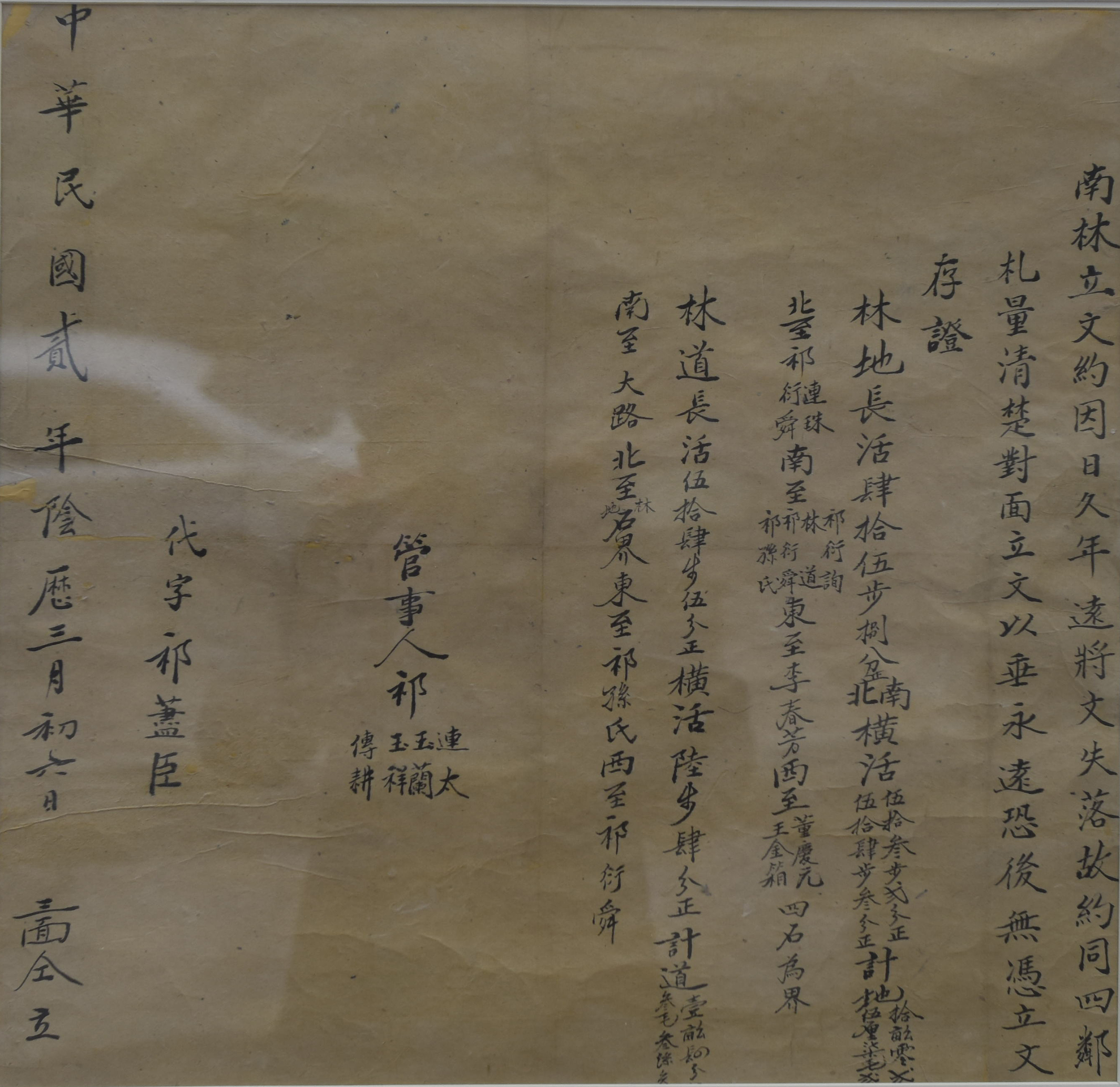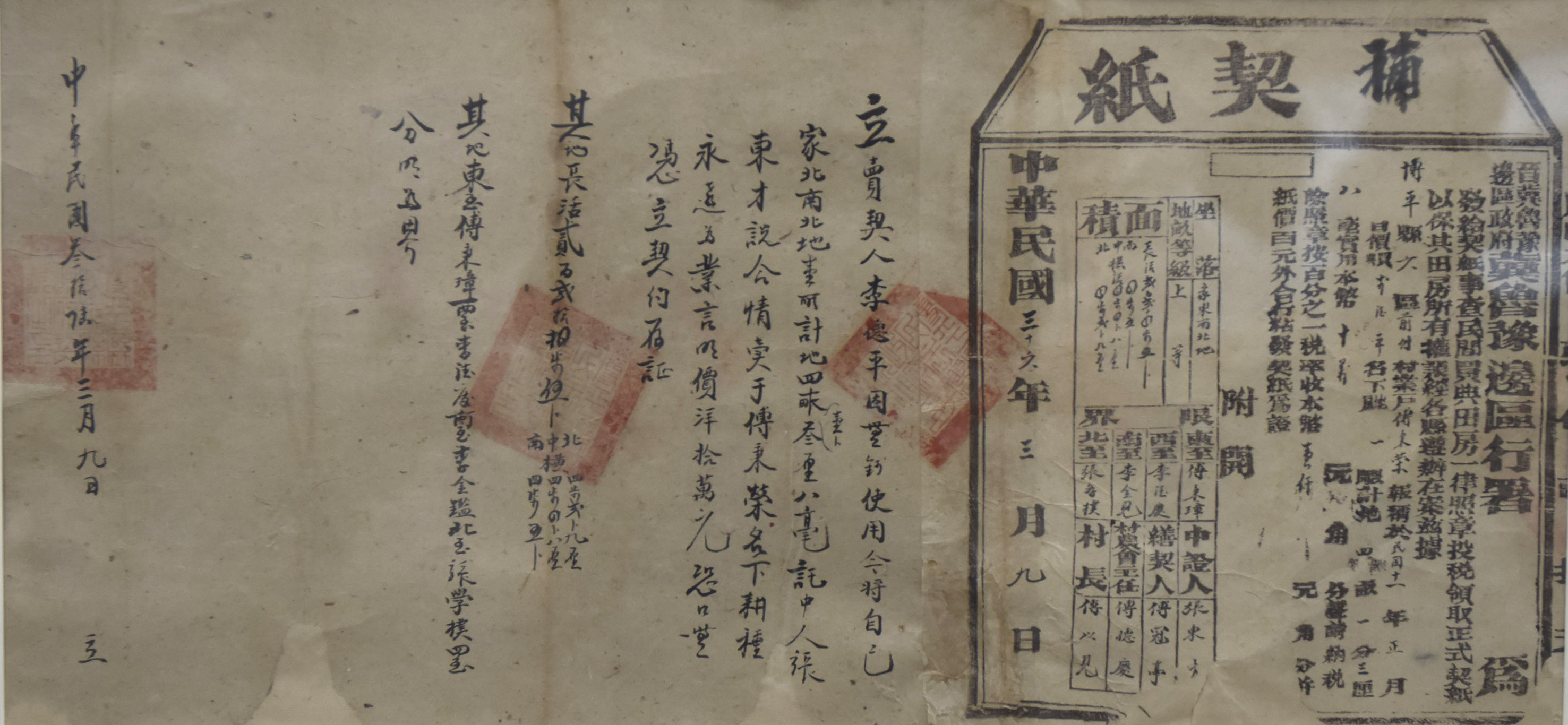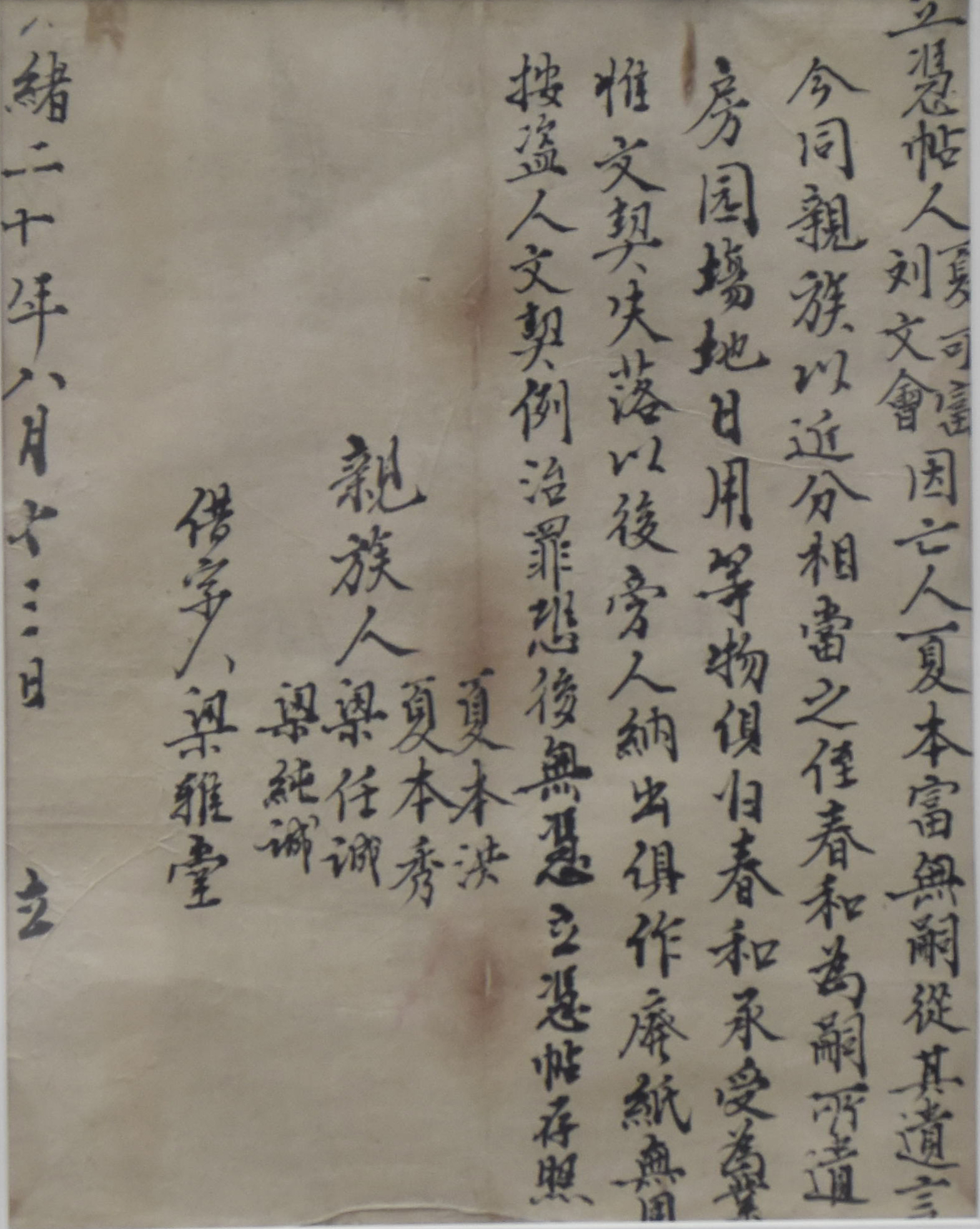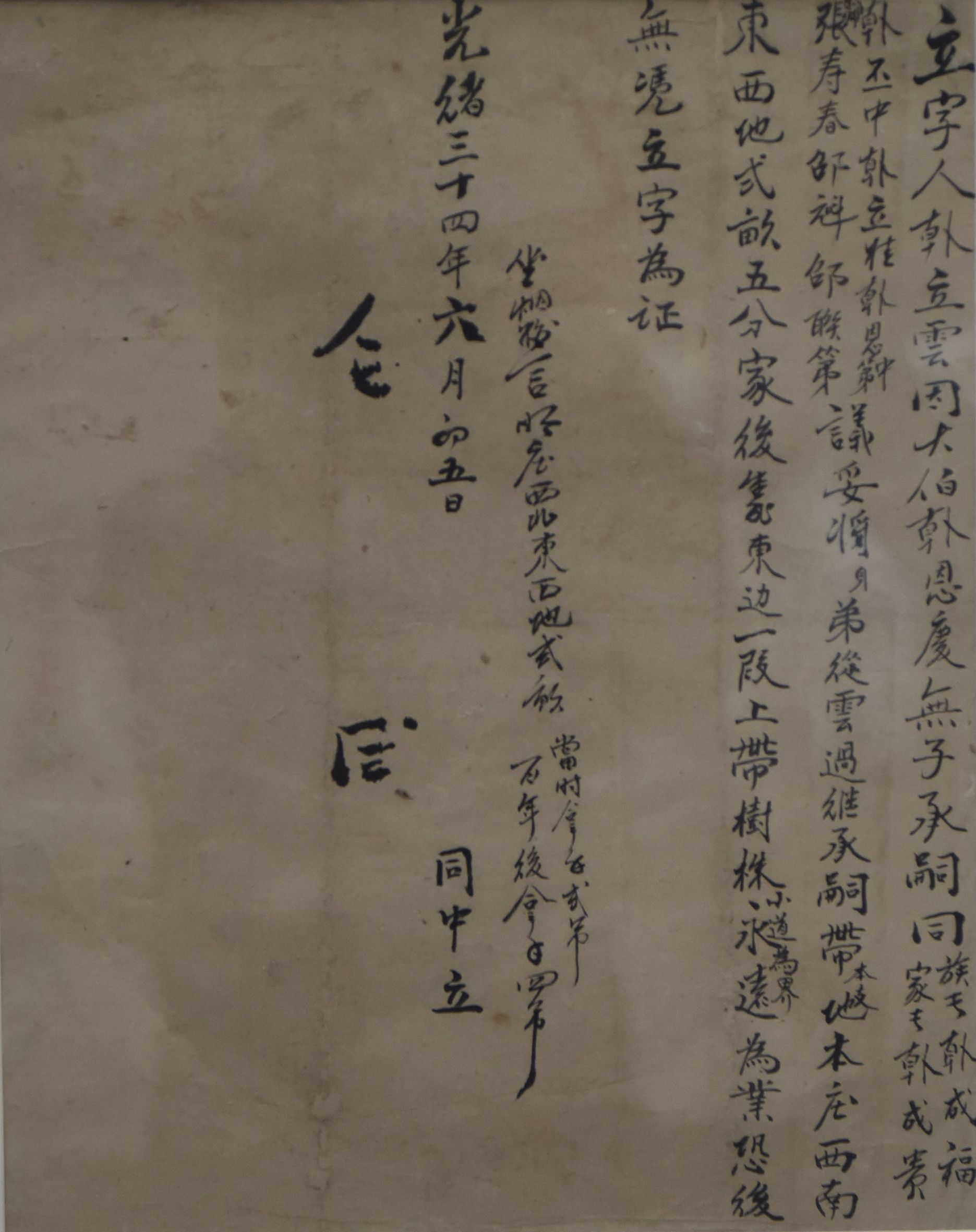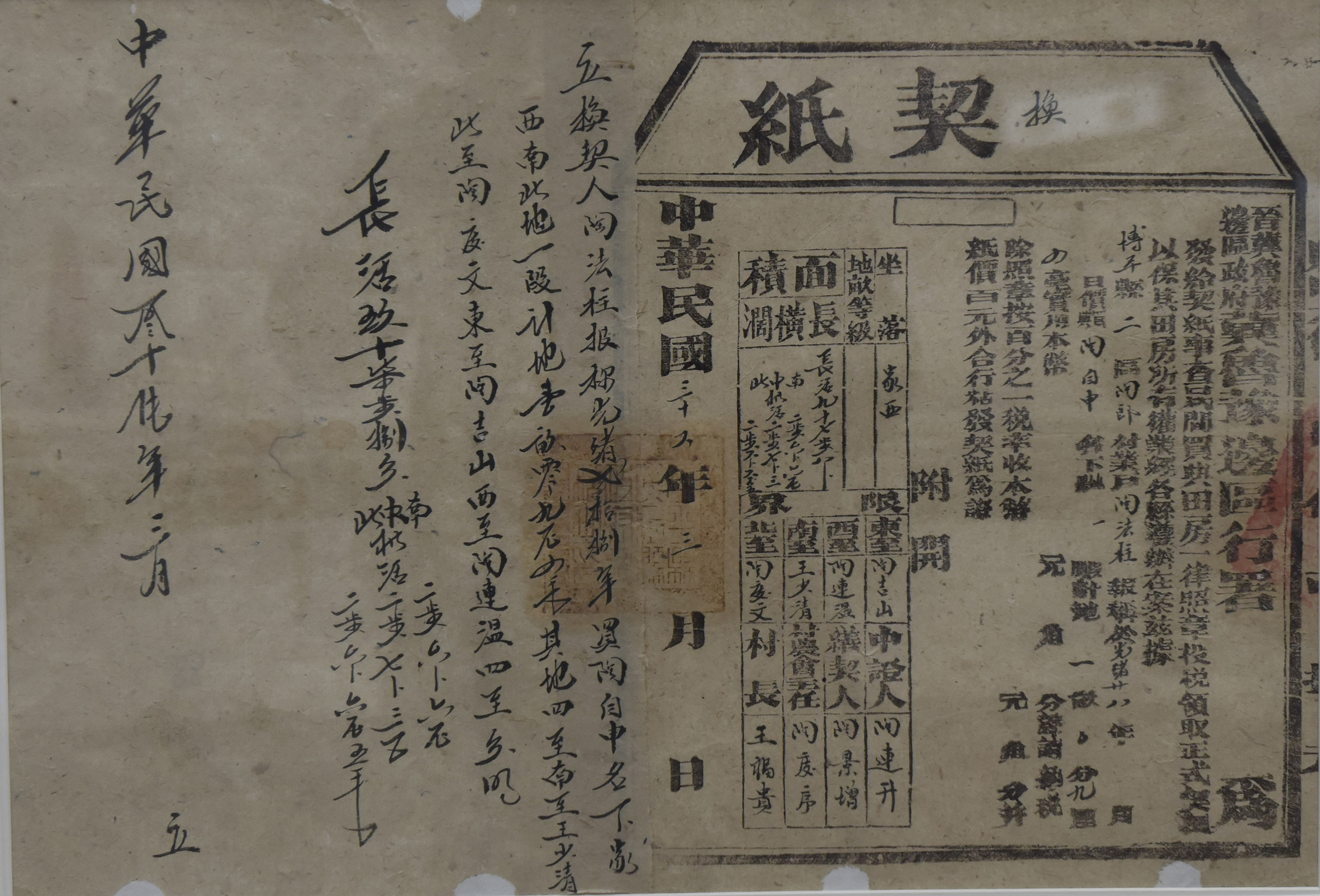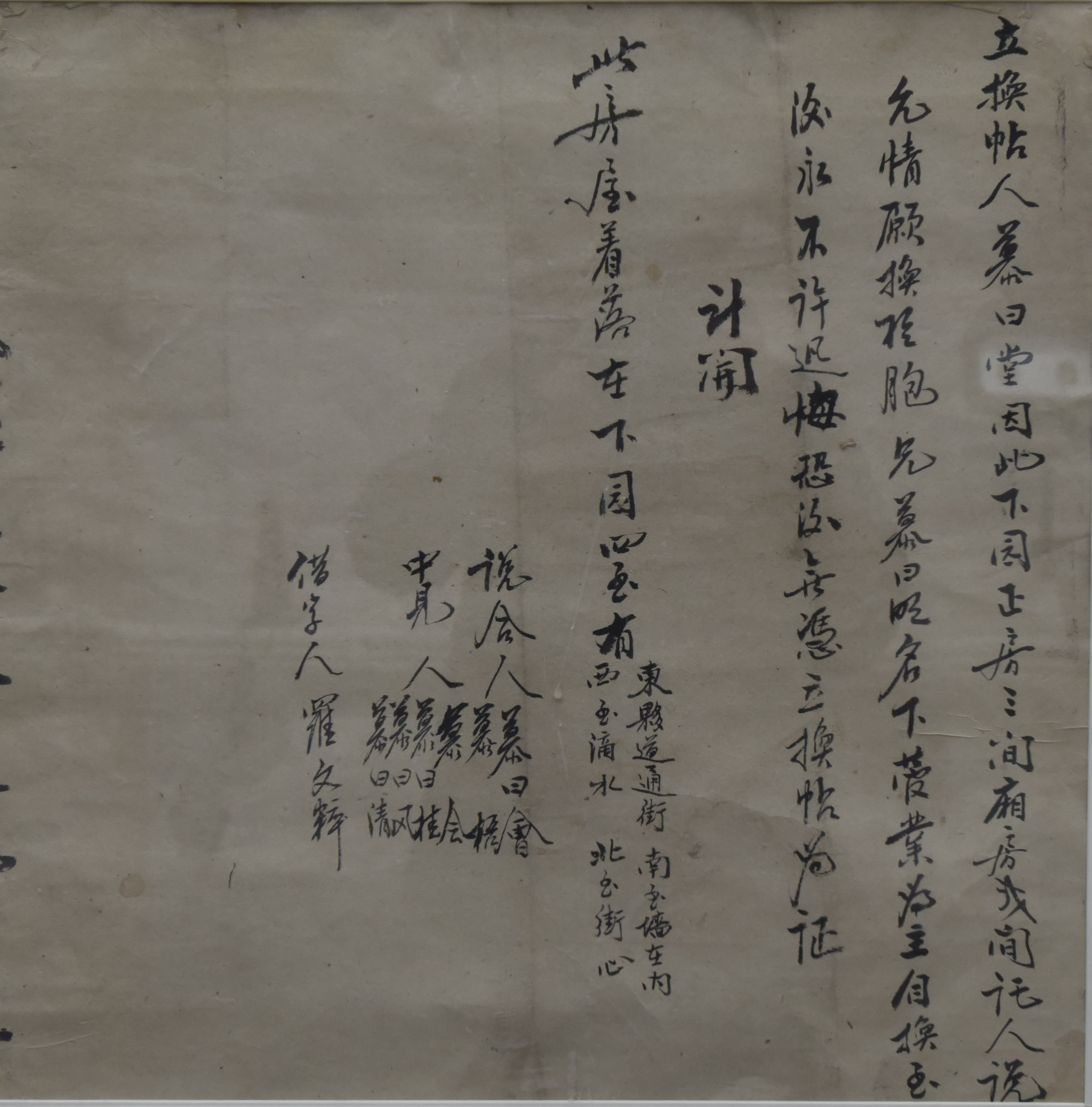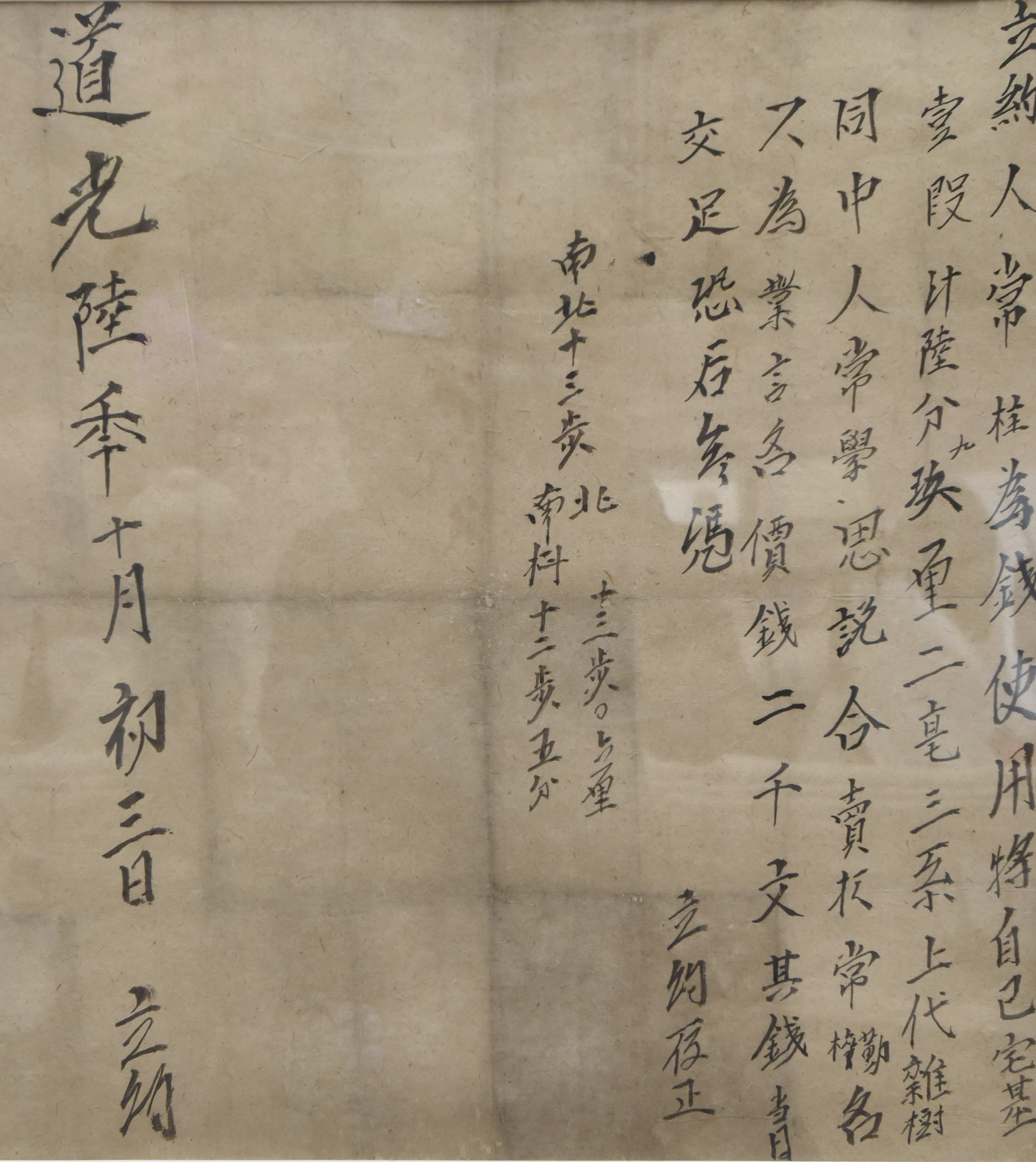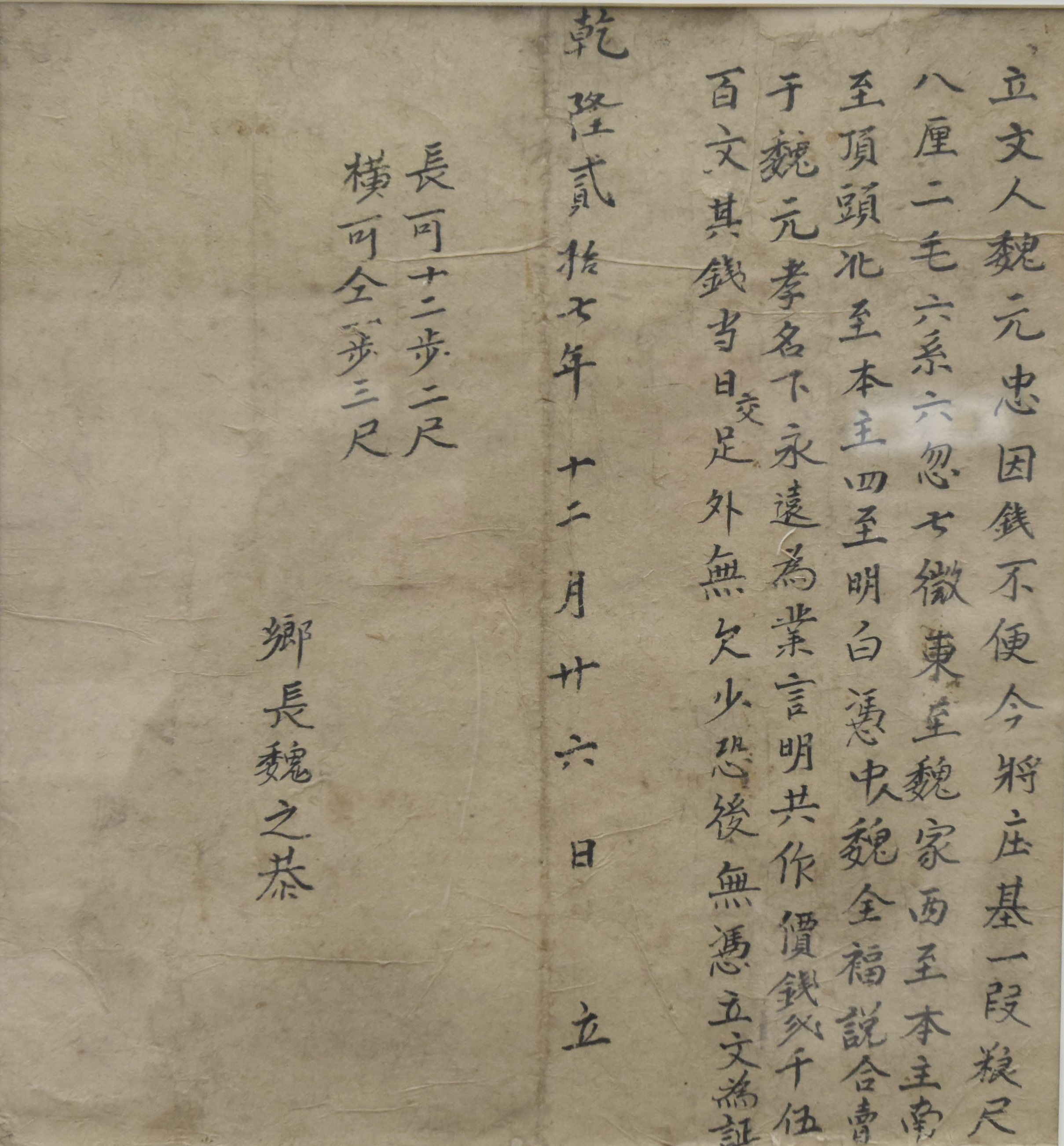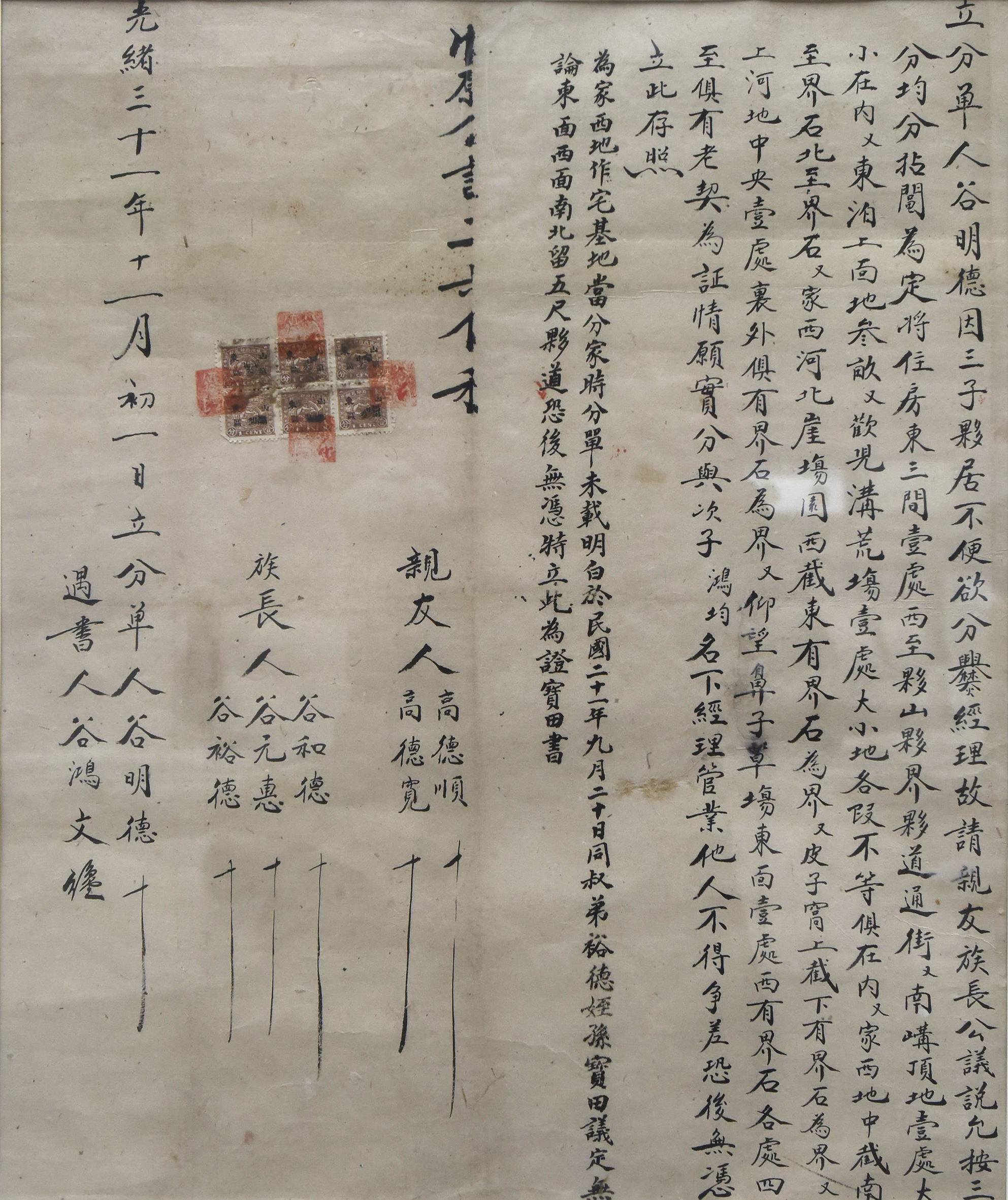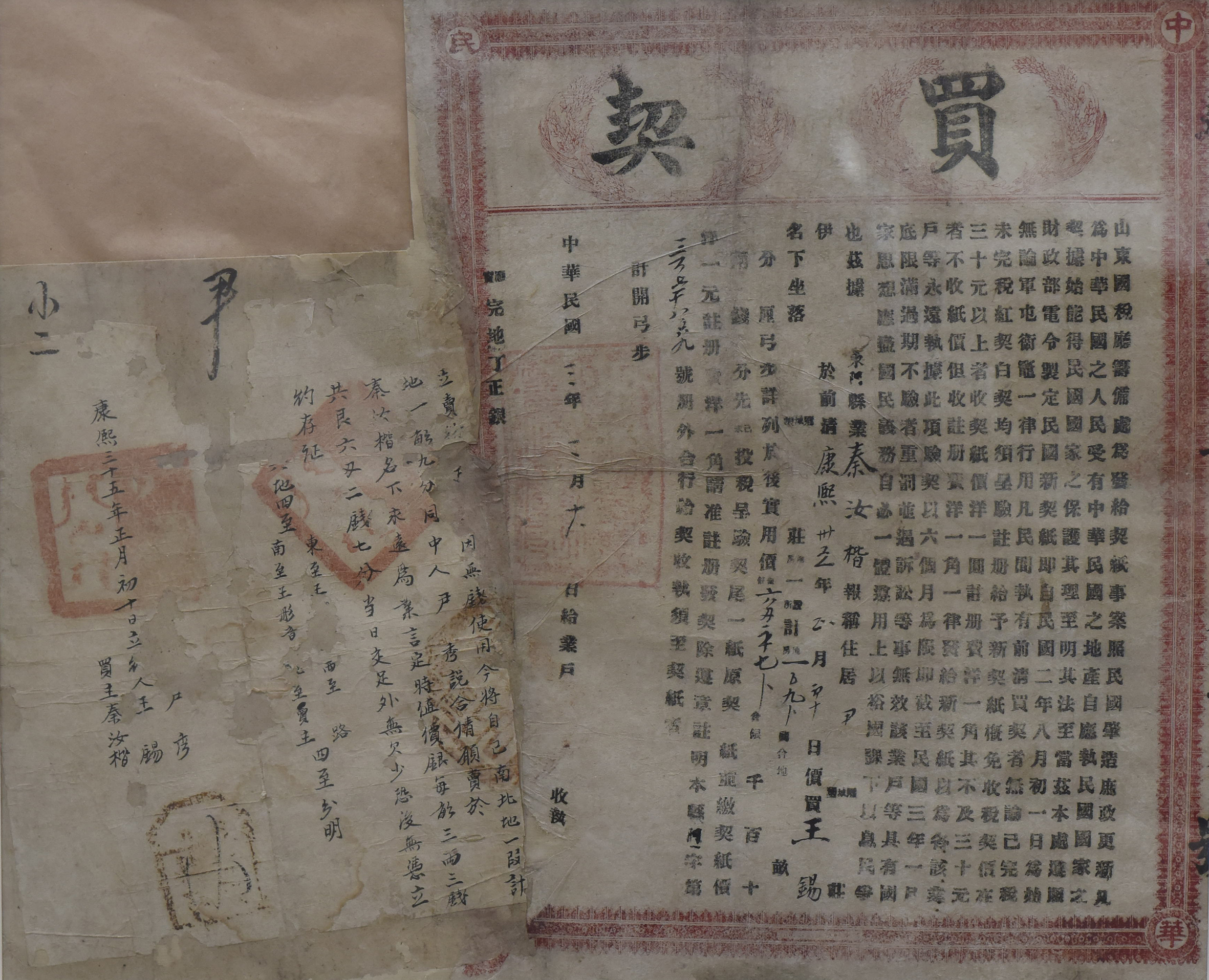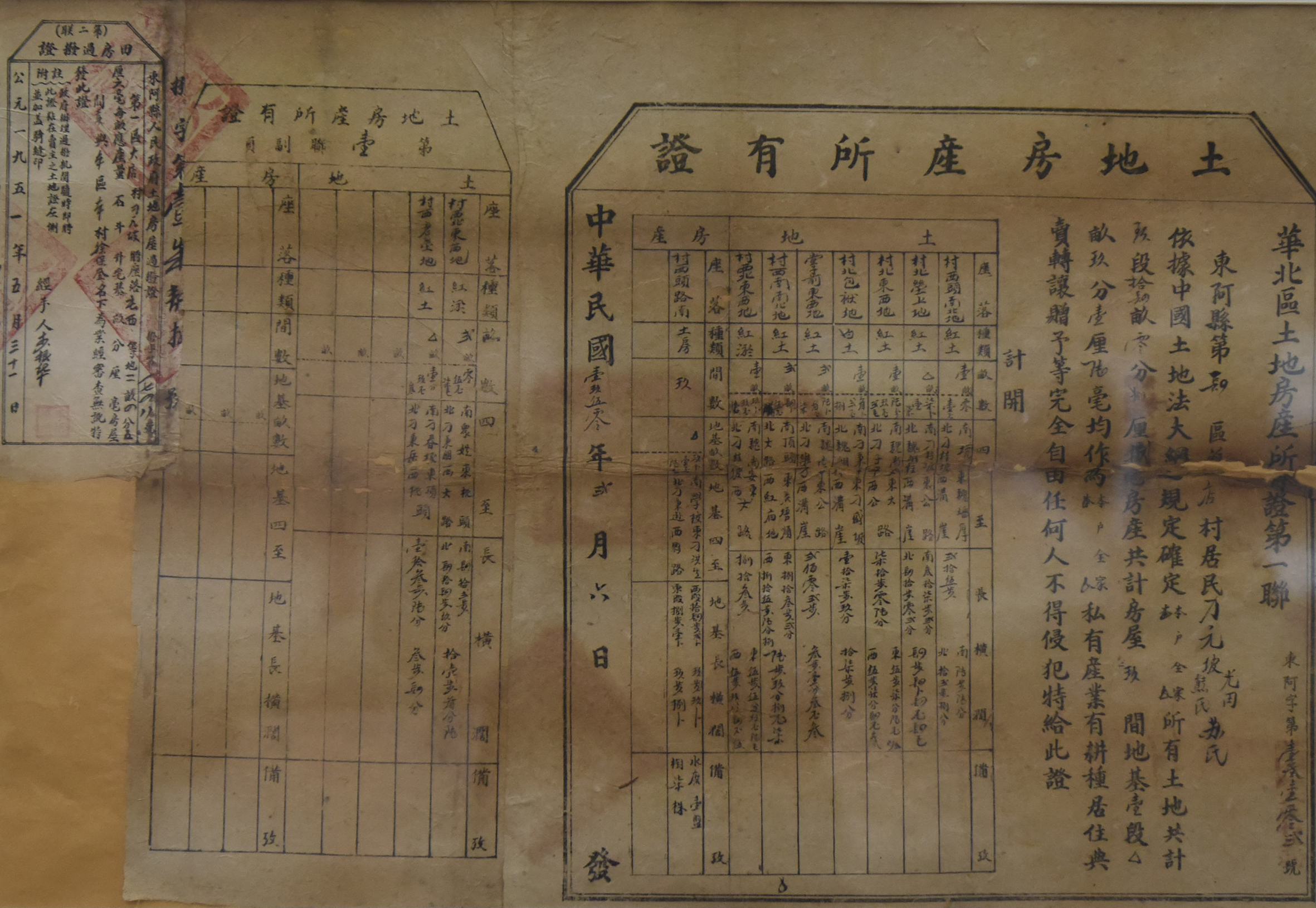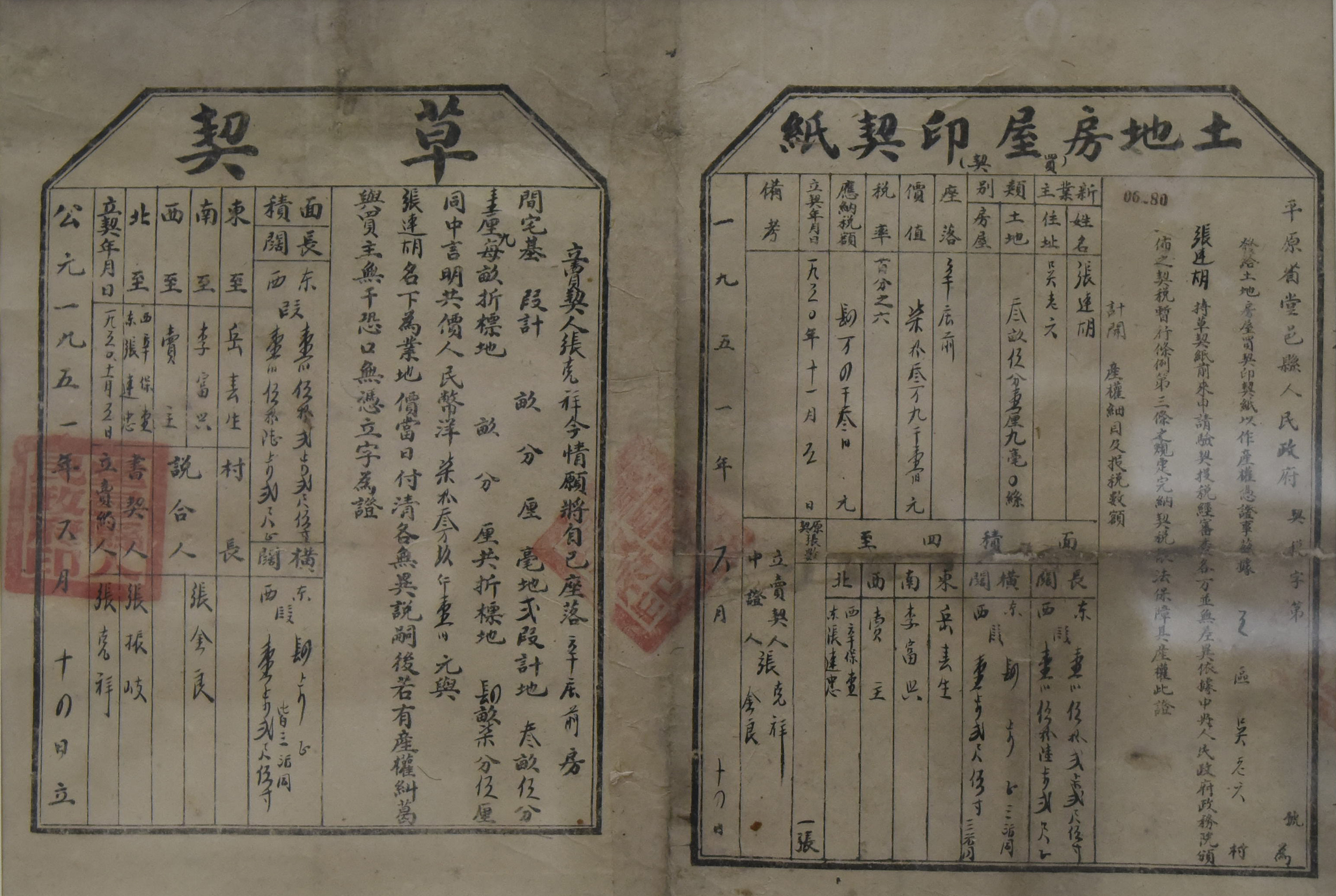
Preface
Contract is a product of the development of human society to a certain period, and it develops, improves, and matures with the continuous progress of social civilization. The ancient Chinese contract roughly sprouted in the later period of primitive society, during the reigns of Fuxi and Shennong. Due to the development of social productive forces, agriculture, handicrafts, and animal husbandry have gradually become specialized or semi specialized industries. At the same time, among tribes, clans, and families, due to the needs of production and life, "exchanging something for something" has become an essential requirement in people's lives. Later, with the emergence and development of private property ownership, in addition to the relationship between buying and selling property, people also developed relationships such as leasing, mortgage, pawning, inheritance, and compensation. The spirit of contract freedom, contract equality, contract adherence, and contract relief has gradually become the core content of contract spirit
Liaocheng is a national historical and cultural city, and is an outstanding and beautiful water city in the north of the Yangtze River and an ancient capital of canals. The collection of tens of thousands of contract documents in the Liaocheng Contract Culture Museum is like scattered stars, embellishing the millennium old city of Liaocheng and emitting a brilliant light. The contract documents exhibited this time are representative works selected from tens of thousands of collections, aiming to "connect the past and present", promote the spirit of integrity and compliance, and contribute wisdom and strength to building an honest China.
1、 Pawn agreement
A pawn contract refers to a contract signed by both parties in the past when movable property such as clothing, gold, jade, and cloth were pledged and delivered to a pawnshop in exchange for some urgently needed funds. The contract specifies the pawned item, pawn price, and pledge period. If the pledge period expires and cannot be redeemed, the pledged item belongs to the pawnshop. The pawnbroking industry originated in temples during the Southern Dynasty and continued throughout history until the establishment of the People's Republic of China.
2、 Legal documents
Legal documents are a type of binding, informative, and guiding document commonly used by judicial institutions in China. The content involves civil litigation behaviors such as appeals, judgments, and executions, and is an important literature material for studying civil litigation legal behaviors in the mid to late Qing Dynasty and the Republic of China period.
3、 Adoptive deed
The adoption agreement refers to the act of adopting a brother or someone else's son as a child without an heir, and assuming the responsibility of supporting them. After a hundred years, the adopter can inherit the property of the main family, and to ensure the rights and interests of both parties, a contract needs to be signed. Adopting, also known as having a past relationship. Therefore, it is also known as a transfer contract.
4、 Selling land deeds
Selling land deeds is a contract between people to buy and sell land, also known as "buying land deeds". The content mainly includes: the reason for selling the land, the mediator, the buyer, the seller, the unit price of the land, the total price of the land, the delivery time of the silver money, punishment for the defaulter, the four boundaries of the land, intermediaries, managers, time, etc.
5、 Exchange of deeds
Exchange of contracts refers to the process of replacing an existing contract with a new one based on new policies and requirements due to dynastic changes or other reasons, with the original contract content remaining largely unchanged.
6、 Homestead deed
The homestead deed is very similar to the land sale deed. Its differences are often sold together with the houses, trees, other attachments, and public roads on the homestead.
7、 Deed of separation
A separation agreement refers to a family with more children, in order to reduce conflicts and encourage children to start their own businesses, the original family property is divided equally according to the number of sons. To ensure that disputes do not arise between children due to unclear property, a contract is made to express it. The unique feature of a family separation agreement is that the listed assets are very detailed, ranging from houses and land to a tree, a bowl, and several small dishes.
8、 Supplementary deed
Supplementary contract refers to the situation where the original contract is lost and relevant parties are invited to testify in order to prevent future troubles and reissue the contract. The supplementary contract ensures consistency with the original contract. In the late Qing Dynasty, most of the supplementary deeds had to be verified by the government for notarization.
9、 Property certificate
The land and property certificate is a certificate issued by the government to prove the ownership of land and houses, which is a sufficient notarization and recognition of ownership and has special significance.
Conclusion
Contracts are products of history, and through exhibitions, people will more fully realize their undeniable role in the development of human society. Contract documents record the property rights and creditor's rights of civil society, involving precious figures such as the purchase price, rental price, standard price, labor price, taxes, currency, and weights and measures of land, property, livestock, and commodities. They are important materials for studying economic history, land system history, class relationship history, and ethnic relationship history. Therefore, we hold this exhibition of contract documents with the aim of disseminating historical knowledge, popularizing legal concepts, establishing integrity and morality, and promoting folk culture. Due to the limited time and materials available, there are still many shortcomings in this exhibition. We hope that the audience and knowledgeable individuals will not hesitate to give us valuable feedback.
